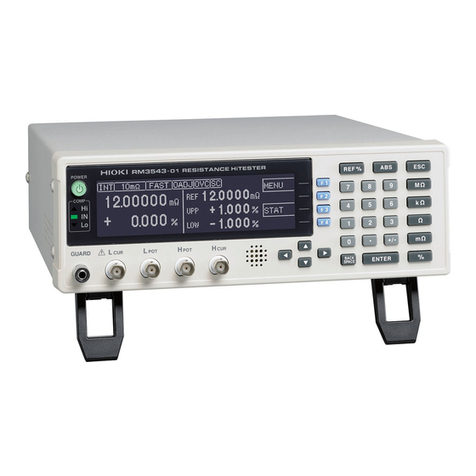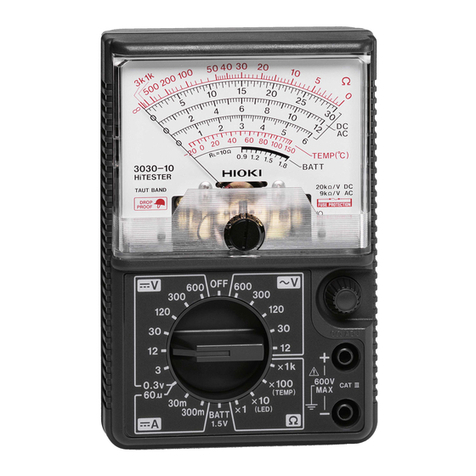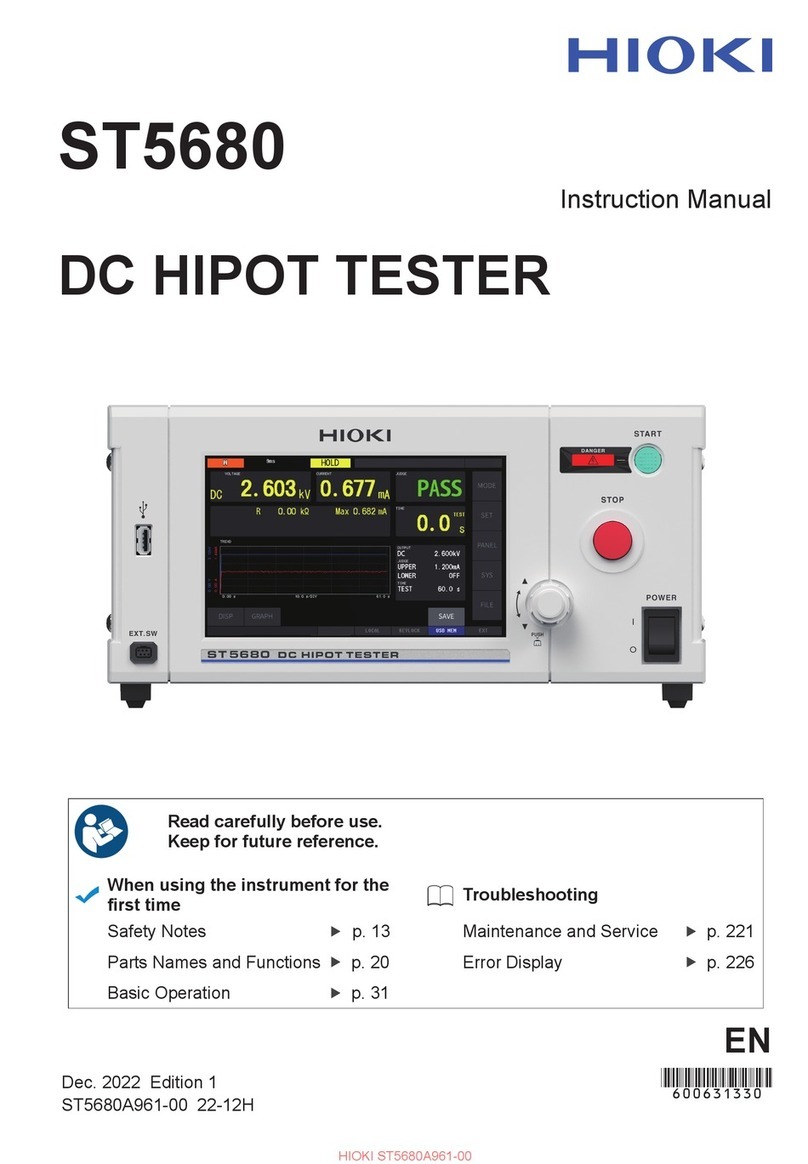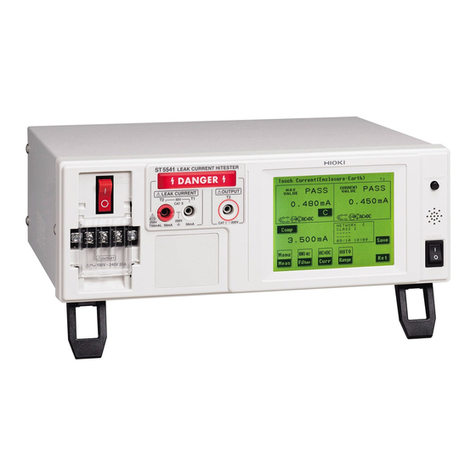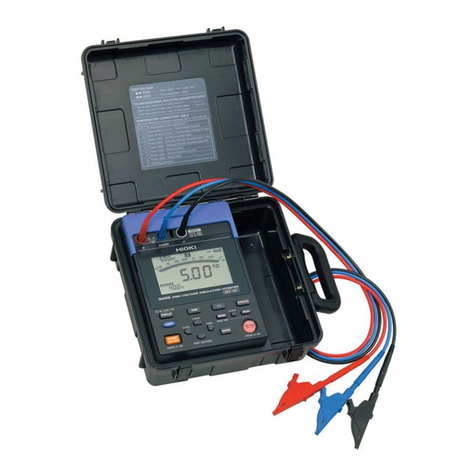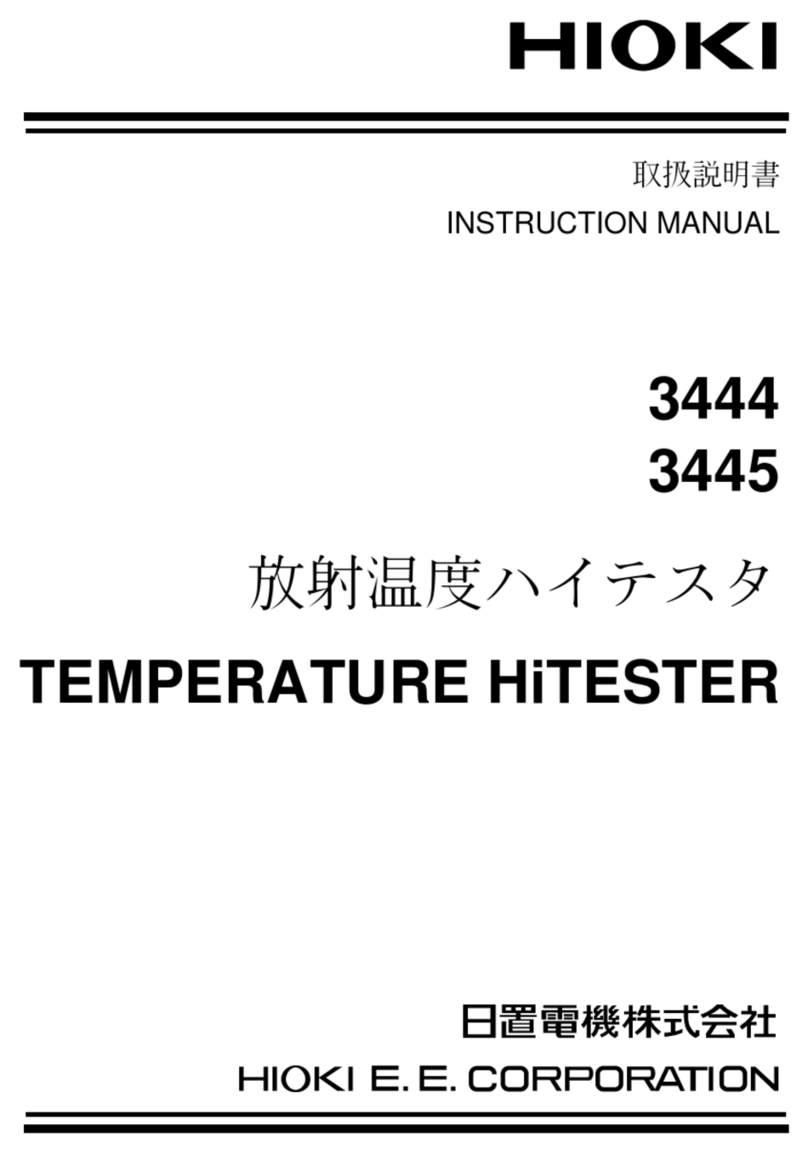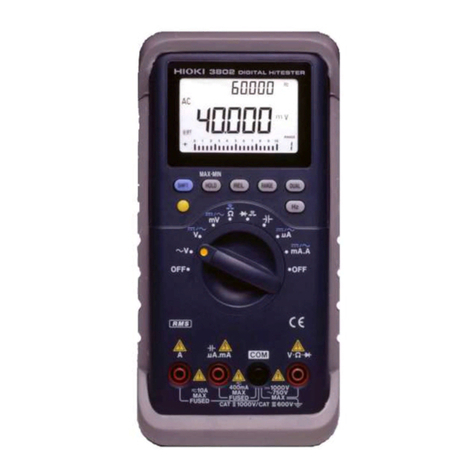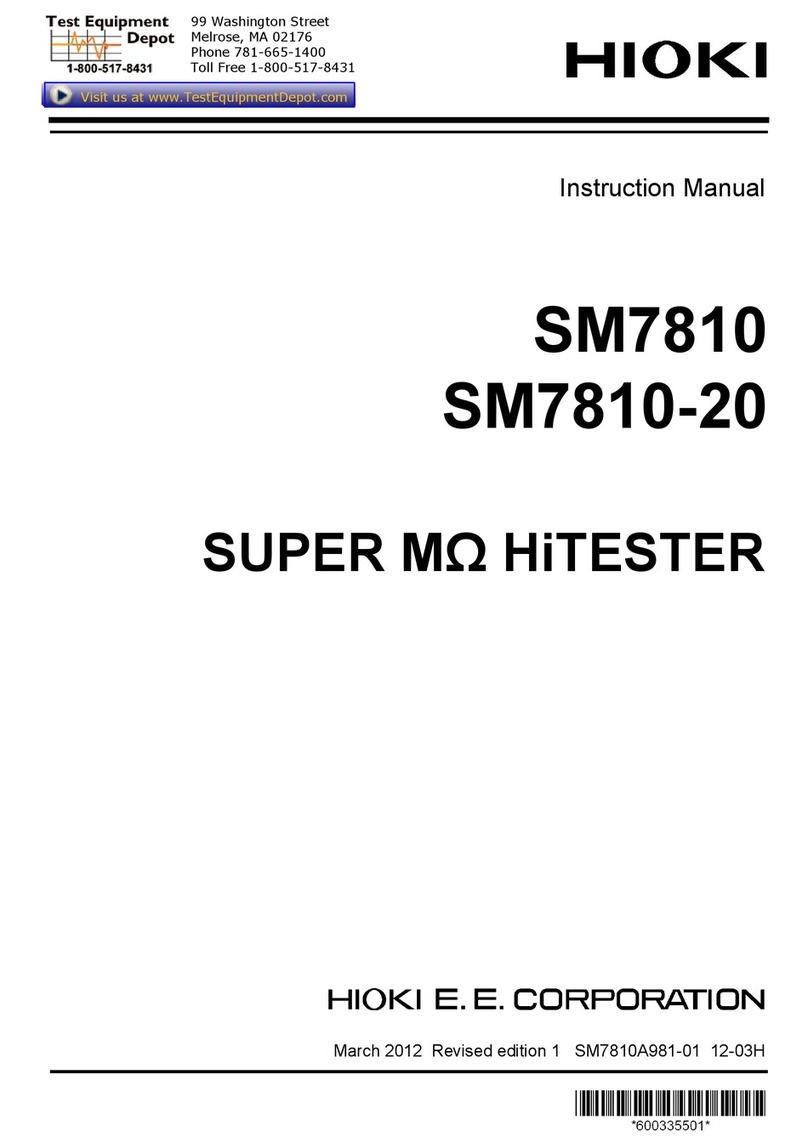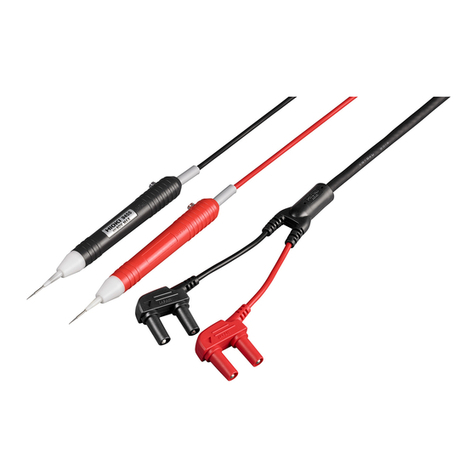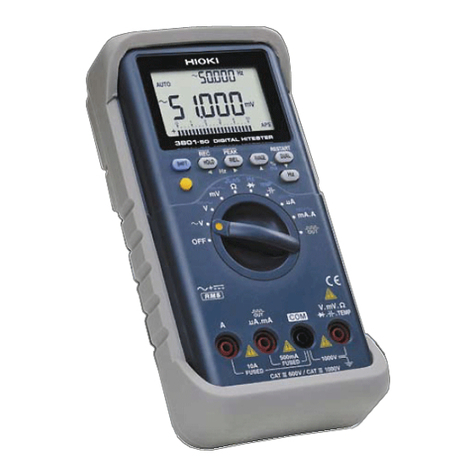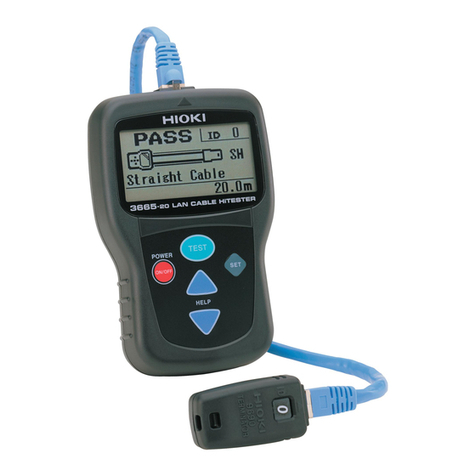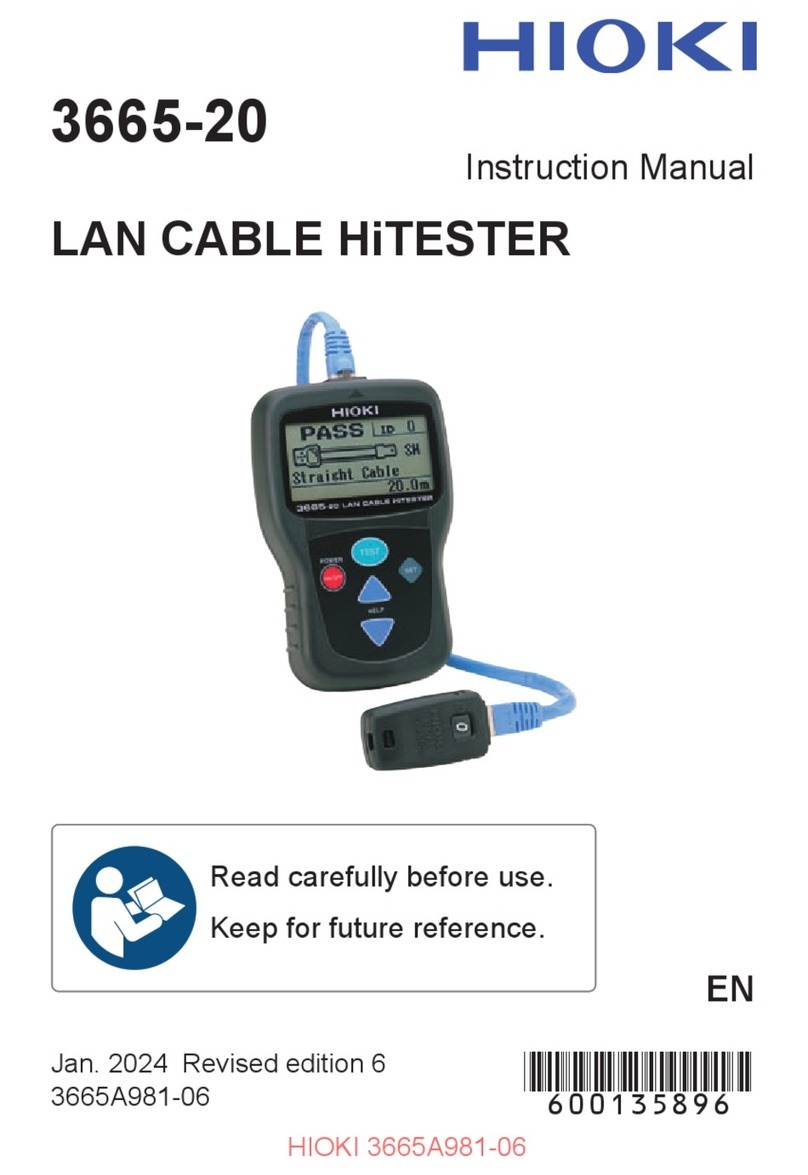
Safety Information
3
Other symbols
Accuracy We define measurement tolerances in terms of f.s. (full scale), rdg. (reading) and
dgt. (digit) values, with the following meanings:
f.s. (maximum display value or scale length)
The maximum displayable value or scale length. This is usually the name of the
currently selected range.
rdg. (reading or displayed value)
The value currently being measured and indicated on the measuring instrument.
dgt. (resolution)
The smallest displayable unit on a digital measuring instrument, i.e., the input
value that causes the digital display to show a "1" as the least-significant digit.
Measurement categories (Overvoltage categories)
This instrument complies with CAT I, CAT II safety requirements.
To ensure safe operation of measurement instrument, IEC 61010 establishes
safety standards for various electrical environments, categorized as CAT I to
CAT IV, and called measurement categories. These are defined as follows.
Higher-numbered catego-
ries correspond to electri-
cal environments with
greater momentary
energy. So a measurement
instrument designed for
CAT III environments can
endure greater momen-
tary energy than a instru-
ment designed for CAT II.
Using a measurement instrument in an environment designated with a higher-
numbered category than that for which the instrument is rated could result in a
severe accident, and must be carefully avoided.
Never use a CAT I measuring instrument in CAT II, III, or IV environments.
The measurement categories comply with the Overvoltage Categories of the
IEC60664 Standards.
This symbol indicates that the product conforms to safety regulations
set out by the EC Directive.
Indicates a prohibited action.
(p. ) Indicates the location of reference information.
Indicates quick references for operation and remedies for trouble-
shooting.
*Indicates that descriptive information is provided below.
CAT I: Secondary electrical circuits connected to an AC electrical outlet
through a transformer or similar instrument.
CAT II: Primary electrical circuits in equipment connected to an AC electrical
outlet by a power cord (portable tools, household appliances, etc.)
CAT III: Primary electrical circuits of heavy equipment (fixed installations)
connected directly to the distribution panel, and feeders from the dis-
tribution panel to outlets.
CAT IV: The circuit from the service drop to the service entrance, and to the
power meter and primary overcurrent protection instrument (distribu-
tion panel).
